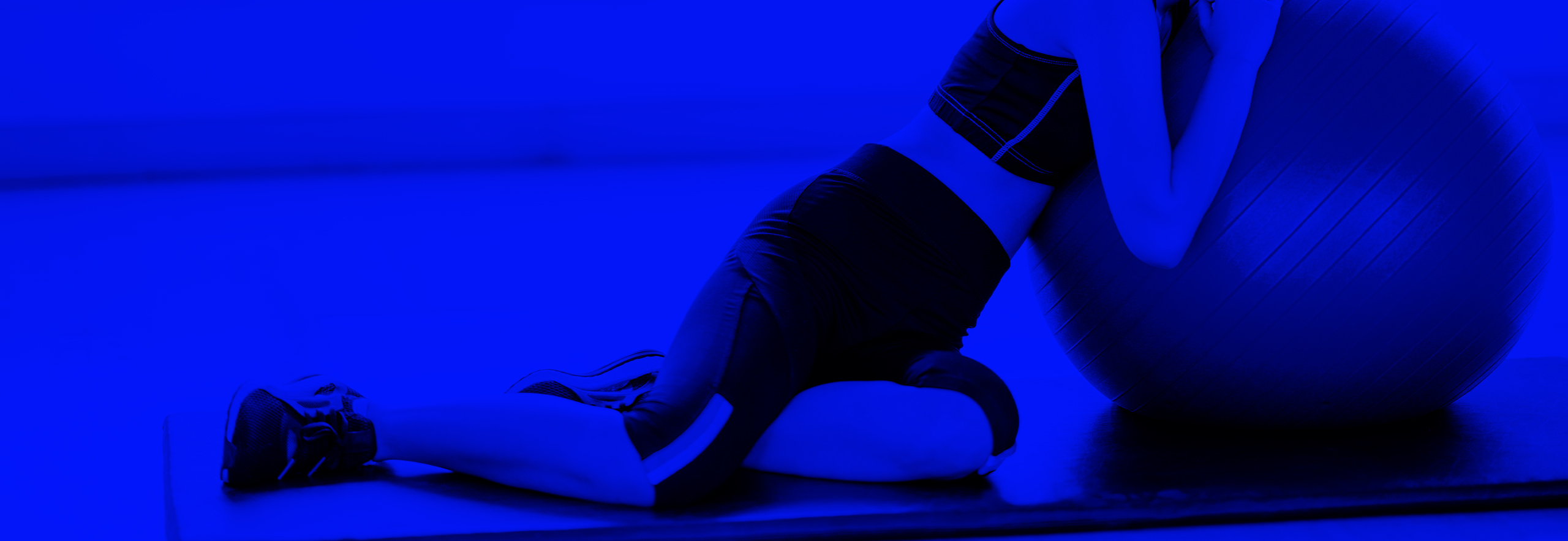What Is Pelvic Organ Prolapse (POP)?
Pelvic organ prolapse (POP) occurs when the muscles and tissues supporting the pelvic organs (uterus, bladder and rectum) become weak or loose. This allows one or more of the pelvic organs to drop or press into or out of the vaginal canal.
The POP is defined according the organ that is descending into the vaginal canal:
Cystocele: bladder prolapse
Rectocele: rectal prolapse
Urethrocele: urethral prolapse
Uterine prolapse: prolapse of the uterus
Vaginal vault prolapse: prolapse of the top of the vagina after a hysterectomy
What Causes POP? What Are Common Symptoms Of POP?
POP is very common during or after pregnancy but can also be present as we age or in other scenarios as well.
The most common symptoms of a prolapse are a feeling of heaviness in the vulva, vagina or rectum, especially one that worsens with standing and walking or as the day goes on. You may also feel or notice something bulging into the vaginal canal or out of the vaginal opening (introitus). It is also possible for the POP to be accompanied with difficulty emptying your bowel or bladder. However, not all prolapses are symptomatic. You may have a prolapse but not even know.
How Can Physiotherapy Help My POP?
Pelvic Health Physiotherapy can be very useful in helping managing your prolapse symptoms. Learning how to manage your abdominal pressure, lift/exercise properly, improve your posture, toilet properly, utilize your breathing and make alterations to your lifestyle can be very useful in helping to manage your prolapse and its associated symptoms. Education for all of these factors, as well as assisting you in implementing them into your daily lifestyle, will be a key focus of the therapy you receive.
How Long Does It Take To For Me To Recover From My POP?
Some prolapses never completely recover, but your symptoms of prolapse should improve with a detailed look into your health and lifestyle. Some may also find a pessary useful in helping to manage prolapse symptoms. A pessary is a device that fits into your vagina and provides support to vaginal tissues displaced by a POP. Surgical intervention is also possible, but should be considered a last resort
What Are The Best Exercises To Help With My POP? What Can I Do To Treat My POP At Home?
Some of the best exercises to start to perform when dealing with a POP are:
- Legs up the wall
- Core breathing
- Proper toileting position and managing constipation/straining
- Not breath holding with any activities, including exercise
- Pelvic floor muscles strengthening, including Kegels
Please keep in mind that these exercises were designed as a place to start to address your symptoms. These exercises should not be performed or continued if they cause or increase your pain in any way. Using these exercises for self-management of your symptoms does not replace the value of being assessed by a Health Professional. If you find you need help, let a Strive Pelvic Health Rehabilitation Physiotherapist help you, book your time today!

Written in 2020 by
Stephanie Gardonio
BPHE, BSc, MScPT
Pelvic Health Rehabilitation
Stephanie has curated a Physiotherapy tool box that allows her multiple points of view to meet her patients’ needs. She has taken courses in the McKenzie Method for assessing and treating spinal conditions. She has completed mat and reformer Rehabilitative Pilates courses through Stott Pilates, training she uses to create customized exercise programs. Understanding the roll of the pelvic floor in the effective treatment of low back pain, sacroiliac joint dysfunction, bowel and bladder dysfunction and during a women’s journey from pre-natal to post-natal, she has completed Pelvic Health Rehabilitation courses. She is qualified to perform internal assessment and treatment of the pelvic floor.


